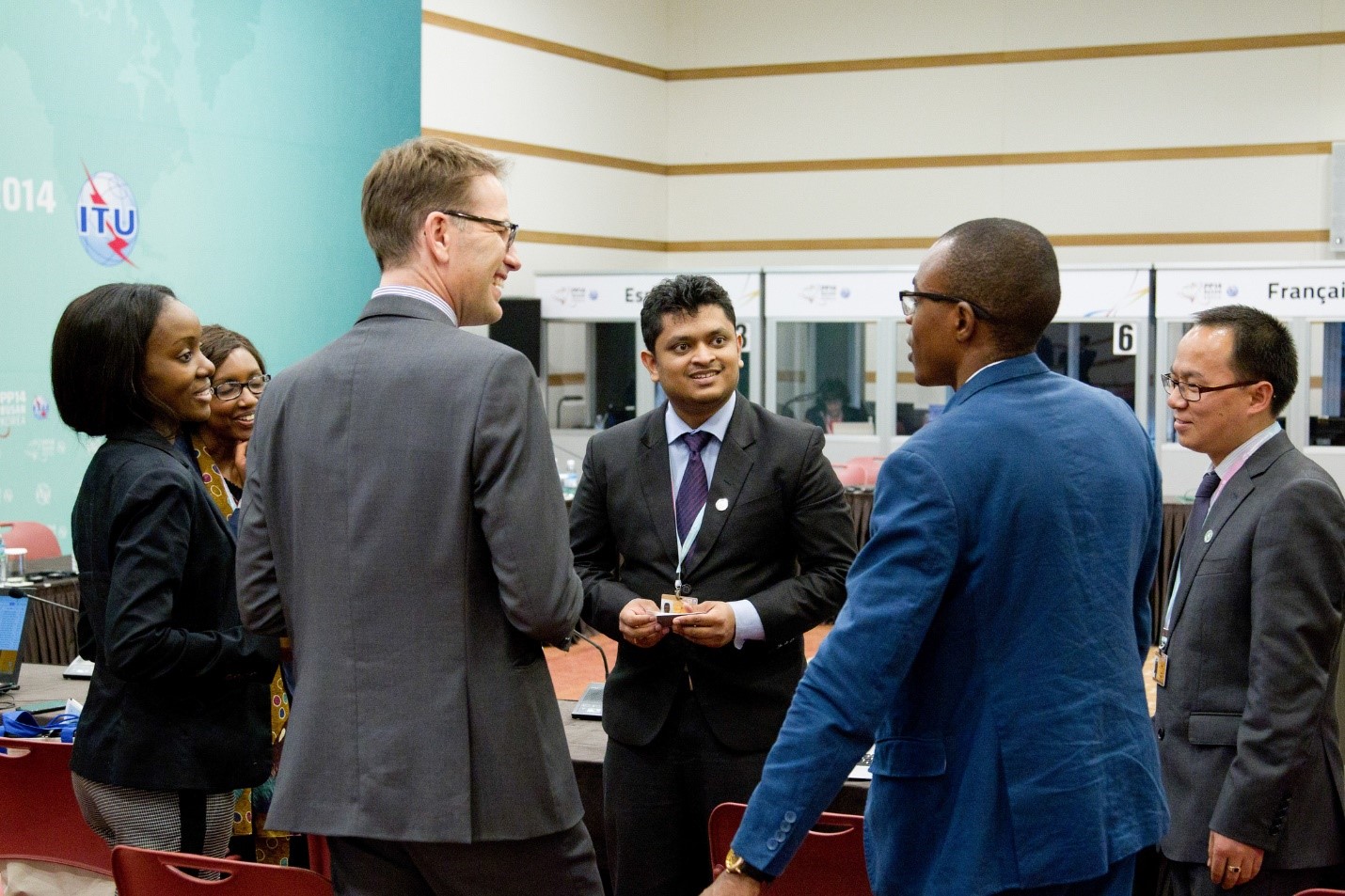Focus. Accountability. Agility.
If you’re rolling your eyes at those buzzwords, I had the same initial reaction — that is, until we implemented the methodology I’m about to outline below at my company, Ceros. Since following this methodology, I have seen an improvement in the way we plan and follow through projects.
We refer to this methodology as the Rhino Principle, and it’s born from two common frameworks. The first one is Agile, which is a software development method used extensively by the development community. The second framework is outlined in Patrick Lencioni’s book “The Advantage: Why Organizational Health Trumps Everything Else In Business.” The book is about building teams that are vulnerable with individual members and embrace conflict, debate, accountability and results.
In 13+ years as an executive and 23+ years of working, I have never—and I mean never—seen an approach to running an organization as transformative as this one. It’s tangible, repeatable and easy to teach and implement.
The essence of the Rhino Principle is simple. Here are the core steps:
Think Hard About the Purpose of Your Business
The purpose of your business isn’t what it sells or where it’s heading. It’s why your business exists and your reason for getting out of bed every morning. Fully fleshed out, a company’s purpose should transcend the current business model, product set and— when needed — the CEO.
At Ceros, our why is to unlock creativity. It’s also what happens to make me tick. And as an organization or an individual whose purpose is to unlock creativity, what better way to satisfy that yearning than to “create” a technology platform that empowers thousands of others to be creators? It’s like the ultimate high for a creative junkie.
Establish Your Long-Term Goals
Having found your purpose, it’s important to establish long-term goals that are tangible and measurable while aligned with the more abstract purpose. Your purpose should be a living and breathing thing that evolves. Your long-term plans should be tangible and measurable, but also adaptable to the changing landscape.
The Rhino Principle allows us to do this seamlessly. Because we run our entire organization in seven-week sprints around concrete, near-term objectives, we’re able to accomplish our goals, assess the outcomes and adapt based on our results. This makes long-term goals much easier to define and achieve.
Agree on the Long-Term Goals With Your Executive Team
Even if your LinkedIn profile says CEO, you’re not on an island. If your executive team isn’t included in the company’s purpose and long-term goals, then you’re setting yourself up for failure. Your voice and drive will only carry so far. Having a united executive team that shares the same passions, beliefs and goals is critical to ensuring that the rest of the organization does, too.
This requires an approach that is counterintuitive to the majority of management books you’ll ever read. Aligning your executives around the organization’s purpose and goals requires trust and — dare I say it — vulnerability. Admitting your vulnerabilities as a CEO isn’t a sign of weakness. Nothing will unite a team around you more than being clear about your purpose while honest about the gaps in your plan.
Communicate and Debate the Long-Term Goals With the Rest of the Team
Communication is a two-way exercise. Failing to recognize and embrace this is a recipe for disaster. Speak openly and passionately about your views as a leader, but create an environment that encourages a healthy and passionate debate.
At Ceros, we encourage open conflict resolution. I’ve sat in countless meetings where I’ve seen people muttering under their breaths or screaming silently for attention with their body language. Instead of ignoring these nonverbal signs, I use them to draw people out and make sure everyone shares their opinions. If you don’t tell someone the truth, you don’t respect them. As a leader, it’s my job to do everything I can to foster respect and honesty within my team.
Execute the Plan and Iterate as You Go
From there, it’s all about focused execution and constant iteration. This is where the real transformation happens: You first need to recognize and agree to break everything down into small chunks. Then, accept that moving your business forward is not the same as your day-to-day tasks. You can argue as a CEO that those tasks are moving your business forward, but, in reality, the day-to-day gets in the way. Finally, you need a way to plan, execute, iterate and measure success.
The Rhino Principle takes a complex, intangible, fluid, human thing and makes it tangible, traceable, manageable, repeatable and even fun. After adopting this methodology, we’ve gained clarity, focus, speed and agility throughout our organization. We also have a happier and more motivated and successful team.
BusinessCollective, launched in partnership with Citi, is a virtual mentorship program powered by North America’s most ambitious young thought leaders, entrepreneurs, executives and small business owners.
Image Credit: CC ITU Pictures




